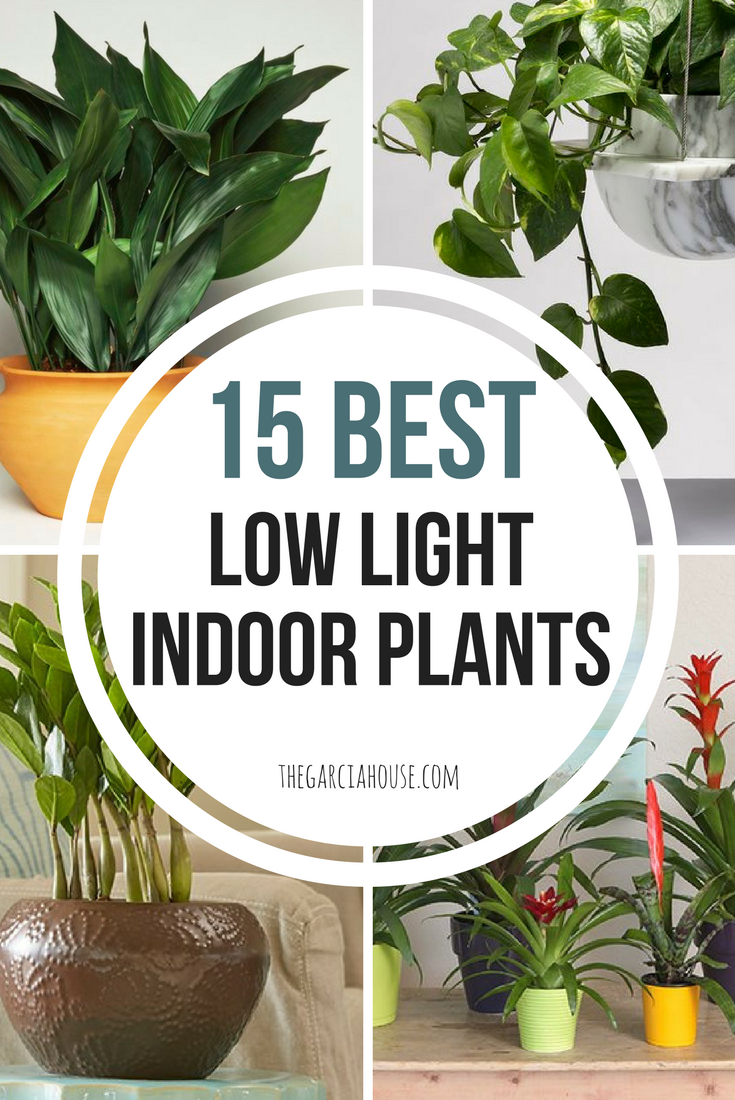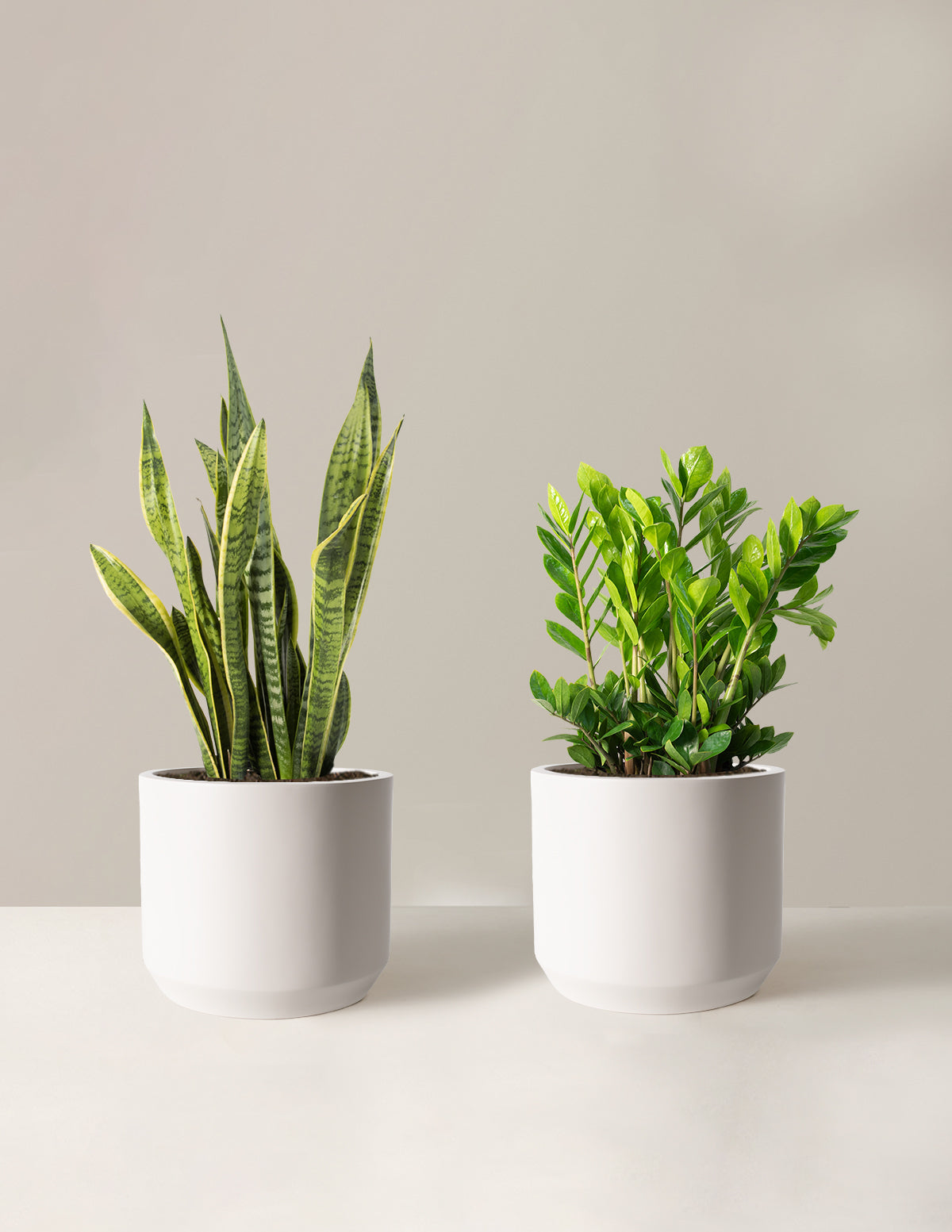Best Low-Light Indoor Plants That Thrive with Minimal Sunlight
Uncover the Tricks of Low-Light Indoor Plants and How They Boost Your Setting
Low-light indoor plants have amassed increasing focus for their one-of-a-kind capacity to improve both visual charm and ecological high quality within offices and homes. These durable varieties, including the Snake Plant and Tranquility Lily, not only grow in challenging lights problems but likewise play a critical duty in air filtration and emotional well-being.
Benefits of Low-Light Indoor Plants
Although many individuals assume that indoor plants require bountiful sunshine to thrive, low-light interior plants supply a wide range of advantages that make them ideal for different settings. Among the primary advantages is their flexibility; they can grow in spaces with minimal all-natural light, such as offices, basements, or spaces with little home windows. This attribute enables people to boost their environments with greenery, contributing to improved appearances without the need for extensive lights adjustments.
Additionally, low-light indoor plants can dramatically enhance interior air high quality by filtering unsafe contaminants and launching oxygen, making living rooms healthier. The visibility of plants has actually been linked to better feelings of harmony and focus.
In addition, low-light plants frequently require much less upkeep than their sun-loving counterparts, making them ideal for busy individuals or those new to horticulture. Their resilience enables them to grow with marginal intervention, therefore offering a rewarding experience for plant fanatics and amateurs alike. In recap, low-light interior plants serve both practical and aesthetic purposes, making them valuable additions to any kind of room.
Leading Low-Light Plant Varieties
Low-light indoor plants been available in a variety of species, each offering distinct features and benefits matched for dark settings. Among one of the most prominent ranges is the Snake Plant (Sansevieria), understood for its architectural fallen leaves and air-purifying capacities. This resistant plant prospers on disregard and can endure a vast array of light conditions.
One more exceptional selection is the ZZ Plant (Zamioculcas zamiifolia), which includes glossy, dark green fallen leaves and is highly drought-tolerant. Its flexibility makes it a favored for workplaces and homes with limited sunshine.
The Pothos (Epipremnum aureum) is likewise a top challenger, with its trailing creeping plants and heart-shaped fallen leaves - Best low-light indoor plants. This functional plant can be trained to climb up or cascade, adding aesthetic passion to any kind of room

Treatment Tips for Low-Light Plants
Caring for low-light interior plants needs a nuanced understanding of their particular needs to guarantee optimal development and vigor. First, it is vital to select the best potting mix, as a well-draining soil is important to stop origin rot. A blend made for houseplants, commonly including peat moss and perlite, functions well click for many low-light selections.
Watering is one more crucial aspect of treatment. Low-light plants typically need less frequent watering contrasted to their sun-loving equivalents. It is advisable to examine the top inch of dirt; if it really feels completely dry, it's time to water. Overwatering can bring about difficulties such as mold and origin decay.
Fertilizing should be come close to with caution. Throughout the expanding season, a watered down fluid fertilizer can be used monthly, yet in winter season, lots of low-light plants get in dormancy and require little to no fertilization.
Finally, it's vital to periodically clean the leaves to eliminate dirt, permitting better light absorption. By sticking to these care suggestions, you can cultivate a thriving setting for your low-light indoor plants, boosting both their appearance and longevity.
Enhancing Air High Quality With Plants
Indoor plants play a substantial function in boosting air quality within homes and office. With the procedure of photosynthesis, these plants soak up co2 and release oxygen, adding to a healthier atmosphere. Furthermore, certain low-light indoor plants possess the capability to filter dangerous toxins, such as formaldehyde, benzene, and trichloroethylene, which are frequently discovered in indoor atmospheres.

In addition, the presence of interior plants can increase humidity degrees, which helps relieve dry skin and respiratory issues, further improving total health. This capacity to enhance air high quality not only advertises physical health however additionally supports mental health.
Including low-light indoor plants into your living and working rooms can lead to a more lively and stimulating environment (Best low-light indoor plants). Buying these all-natural air cleansers is a basic yet efficient strategy for enhancing indoor air high quality and cultivating a much page healthier lifestyle
Creating a Peaceful Indoor Area
The assimilation of plants into living areas not just boosts air top quality yet also contributes to a serene atmosphere. Low-light indoor plants, such as snake plants and pothos, are especially reliable in producing a tranquil setting, as they thrive in conditions that may or else be inhospitable for various other greenery. Their lavish foliage offers a soothing aesthetic, decreasing tension and promoting leisure.
Including these plants right into your office or home can evoke a sense of tranquility and health. Tactically putting them in areas where you invest my response significant time, such as living spaces or workspaces, enables an immersive experience with nature, which has actually been revealed to improve state of mind and cognitive feature.
Additionally, the gentle movement of fallen leaves in action to air flow can create a vibrant visual element that boosts the general ambiance. Take into consideration utilizing a variety of plant elevations and structures to add deepness and rate of interest to your space. With thoughtful placement and treatment, low-light interior plants can transform any location into a serene sanctuary, cultivating not only aesthetic complete satisfaction yet also emotional and mental wellness.

Conclusion
Integrating low-light interior plants into various environments yields considerable advantages, including enhanced air high quality and improved aesthetic charm. The transformative power of low-light plants highlights their value in improving both work-related and household settings.
Although many individuals presume that interior plants require bountiful sunshine to flourish, low-light interior plants supply a plethora of advantages that make them excellent for numerous settings.In addition, low-light indoor plants can substantially improve indoor air quality by filtering damaging toxins and releasing oxygen, making living rooms healthier. In addition, certain low-light indoor plants have the capacity to filter dangerous contaminants, such as formaldehyde, trichloroethylene, and benzene, which are frequently located in indoor atmospheres.
Low-light interior plants, such as serpent plants and pothos, are particularly efficient in producing a serene setting, as they grow in conditions that may otherwise be unwelcoming for other plant.Incorporating low-light indoor plants right into different environments returns considerable advantages, consisting of boosted air high quality and enhanced visual allure.